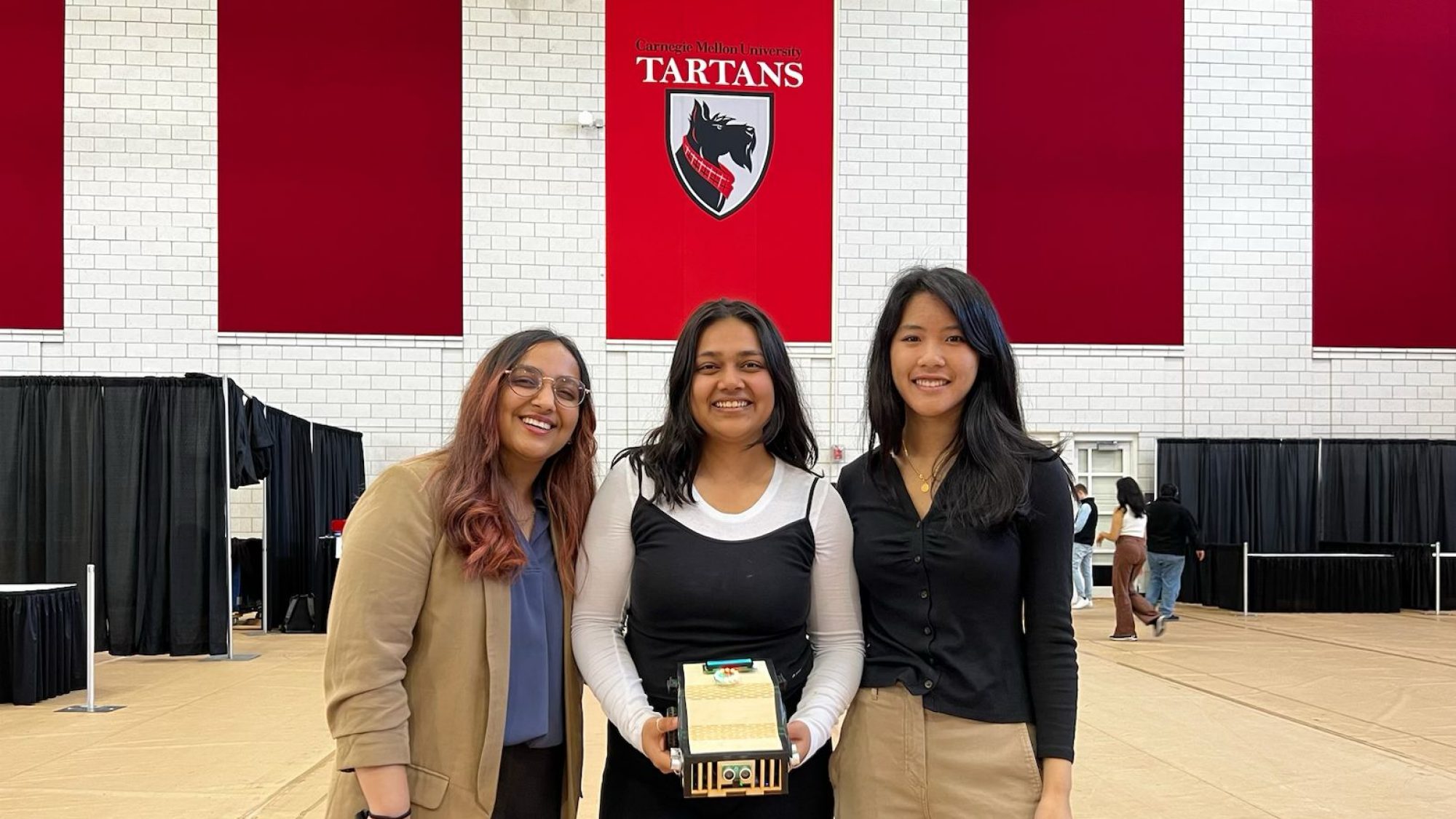The first half of this week focused on testing and verification using alcohol for our interim demo and practicing our pitch. We tested in various environments to figure out what factors influence our readings. We also transitioned our robot over to the Arduino Mega and redid all the connections to fit on the new board. The robot can now read from all three sensors and perform robot calculations and movement at the same time without memory issues. We have also begun dataset generation for paint thinner and alcohol, which we will complete by this weekend for the remaining scents. We will be training a neural network using TinyML and deploying it on the Arduino, and using the prediction confidence to determine the direction of movement. There will be many risks associated with this: 1) generating useful feature vectors with pre-processing, 2) constraints in deploying the model to Arduino (memory), and 3) time taken for inference. Since we are using Neuton AI (which uses TinyML), we are hopeful that the model will be deployable on Arduino. We plan on testing our setup extensively in our newly constructed 2m x 2m field.

Carnegie Mellon ECE Capstone, Spring 2023: Caroline Pang, Aditti Ramsisaria, Eshita Shrawan